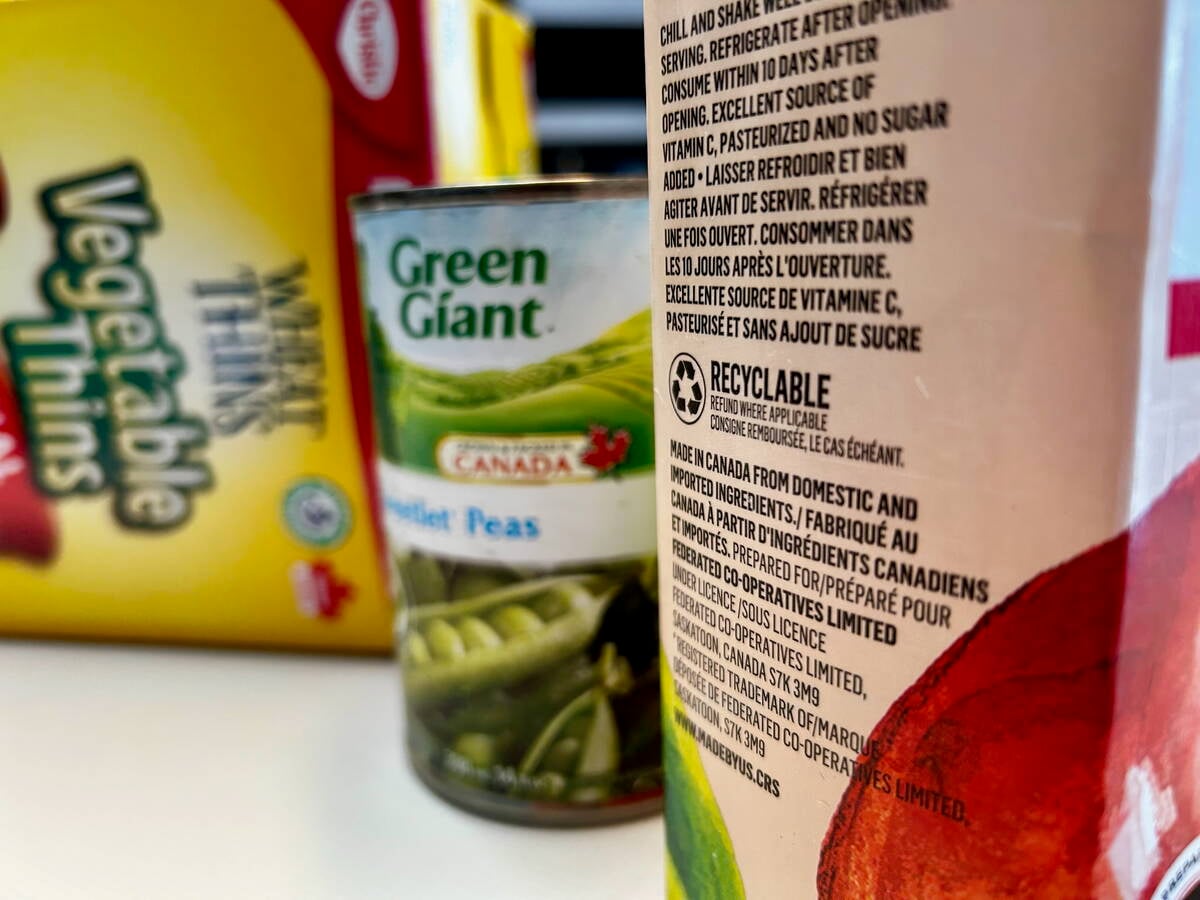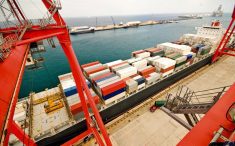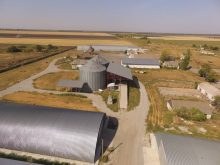With at least 100,000 Russian troops deployed to the border with Ukraine, the threat of war between the two countries has sharply increased.
Added to that is the effect the ramped-up tensions are having on wheat prices.
An all-out invasion by Russia is something not very likely, according to Yuliia Ivaniuk, the co-ordinator at the Centre of Ukrainian Canadian Studies at the University of Manitoba.
“While a full-scale invasion is unlikely, given the extremely sophisticated military posture, use of force in limited ways is very possible. (Russian President Vladimir) Putin is looking to extract concessions centred not only around Ukraine, but also around broader security architecture of Eastern Europe. He is hoping to return to great power politics where hard power is used to redefine existing borders and reinstate the fixed international security system that existed before 1997,” Ivaniuk said.
Read Also

Unclear food labels hinder Canada’s ‘buy local’ surge
“Maple-washing” on Canadian food packaging makes label claims hard to keep straight and hurts both farmers and consumers trying to buy Canadian, economist says.
Since 2014, Russia has been supporting separatist forces in Ukraine’s Donbas region, where there is a large ethnic-Russian population. Also that year Russia invaded and annexed Crimea from Ukraine, a territory it was allotted in the 1950s when all were a part of the Soviet Union.
Ivaniuk said Putin has been attempting to destabilize Ukraine in hopes of a pro-Russian government will eventually come to power. If that were to occur, she said that would weaken co-operation between Ukraine with the United States and the European Union. Also, it would halt any moves for the beleaguered country to join NATO, something President Volodymyr Zelensky and his government want to do in order to shore up Ukrainian independence.
“Since Ukraine is not a member-state of NATO and is not covered by Article 5, the alliance is under no obligation to defend Ukraine. It has been made clear that NATO/western troops will not be sent to Ukraine if further escalation occurs,” Ivaniuk said.
Essentially, Article 5 in NATO’s charter outlines the alliance’s collective defence in that an attack against one member is considered as an attack against the other members.
“Unfortunately, NATO member-states, in particular a number of European allies, will require extra persuasion to even sacrifice their economic interests to stand as one front against Russia’s aggression vis-a-vis Ukraine,” Ivaniuk commented.
“However, the U.S. will be willing to impose a wide range of economic sanctions, embargo on American-designed and -manufactured technology, arm Ukrainian insurgents, and provide defensive equipment to Ukraine,” she added, noting it’s likely NATO’s European members would also participate in such actions.
Should Russia launch a full-scale invasion she said Ukraine’s prospects of defending itself are not very good.
“The Russian forces are trained and highly experienced in modern military operations. Unfortunately, despite the immense amount of progress that has been achieved since 2014 the Ukrainian Armed Forces’ capabilities are incomparable to that of Russia,” Ivaniuk stated.
As for wheat prices, analyst Errol Anderson of ProMarket Communications in Calgary, Alta. said Ukraine-Russia tensions have been one of the influences underpinning values.
“I just got a note from a colleague in Moscow and he said if tensions were alleviated at all, which he hinted they might be, the wheat market would simply fall back,” Anderson said, noting wheat is currently bearish.
He acknowledged that wheat prices would spike if Russia were to make further moves into Ukraine, but cautioned those price gains would be short lived in the U.S. markets.
“This would be a spot for (North American) growers to make a decision on their wheat,” Anderson said as planting decisions for 2022 will soon be made.
He noted that this week Russia trimmed its wheat export tax, lowering it from US$98.20 per tonne to US$97.50, making it a little more palatable to global market. Although he said the EU presently has the most affordable wheat on the world stage.
A major factor that would curtail any price hikes from Ukrainian-Russian tension is there are sufficient quantities to be had, Anderson stressed.
“If we do have continued tensions, I do see a bit of a pop-up, but it will probably be led more so by the futures and the cash market,” he said.















